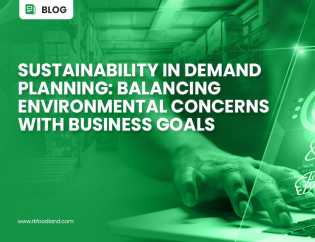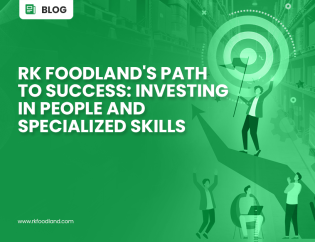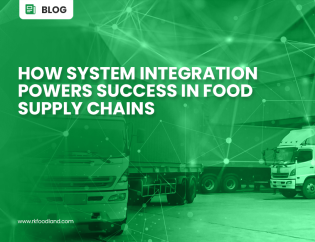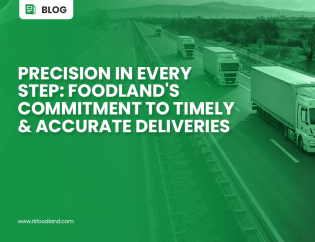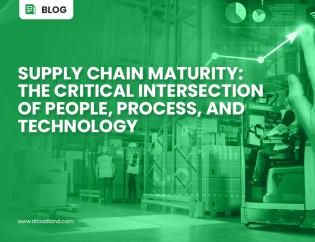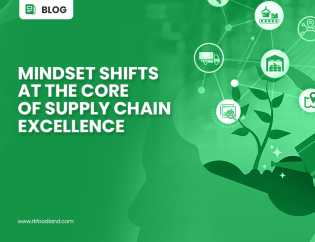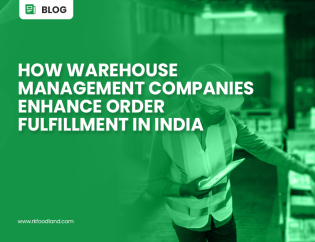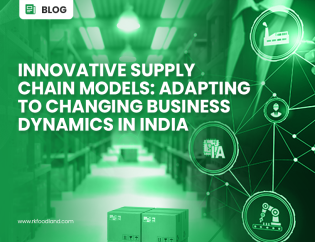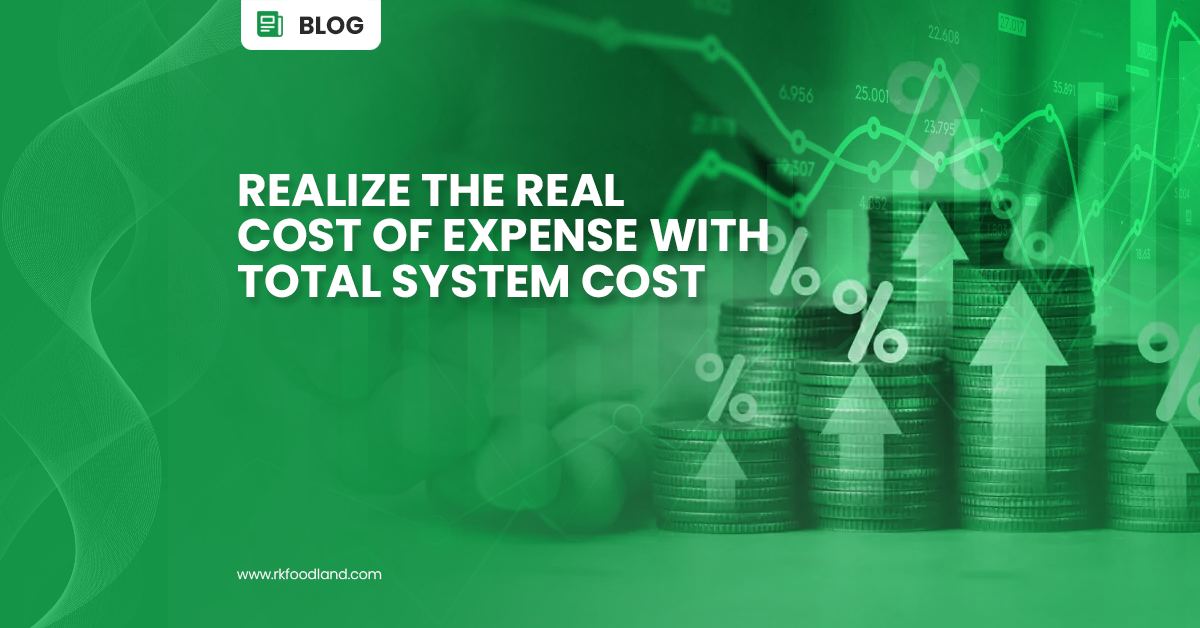
[Avg. Read Time < 5 mins]
Unlocking the full potential of a business’s limited resources and driving sustainable growth is a treasure worth pursuing. In our previous blog, we explored the concept, Total System Cost, shedding light on the need for businesses, particularly in the food industry, to move beyond short-sighted cost-cutting strategies. Today, we delve deeper into the realm of expense management, aiming to realize the true cost of expenses and harness their power for long-term success. By adopting the Total System Cost approach in supply chain management, food businesses can optimize their entire supply chain, boosting efficiency and profitability sustainably. This approach goes beyond the individual components of sourcing, procurement, transportation, warehousing, and more. It emphasizes the interconnectedness of these elements, enabling businesses to make strategic decisions that maximize outcomes, not just reduce costs. In this follow-up blog, we explore the benefits of having a holistic approach, the key elements for building a framework, and practical steps to bring the Total System Cost approach to life. Join us in this empowering journey to realize the real cost of expense and unlock the full potential of your business for sustainable growth, innovation, and adaptability.
Seeing the Big Picture: The Benefits of a Total System Cost approach
In markets that prioritize cost-cutting and short-term gains, it is crucial for businesses to adopt a Total System Cost approach. While immediate cost savings may seem appealing, solely focusing on reducing expenses without considering the broader picture can have detrimental effects on the long-term success of the business even up to 15% of an organization’s revenue. Here’s why a Total System Cost approach is important:
- Holistic Understanding: Provides a comprehensive understanding of the entire cost structure, going beyond individual components to consider the interconnectedness of sourcing, production, distribution, and customer satisfaction. This holistic view enables businesses to identify and optimize areas for improvement, eliminating inefficiencies in the overall cost structure, and in some cases enabling companies to achieve 25% cost savings in addition to other benefits.
- Long-Term Sustainability: Prioritizes long-term sustainability over short-term gains. By considering quality, customer satisfaction, and employee well-being, businesses build a foundation for sustainable growth, delivering value while maintaining overall health and reputation.
- Enhanced Competitive Advantage: In cost-driven markets, adopting a Total System Cost approach gives businesses a competitive edge through superior quality, enhanced customer satisfaction, and sustainable practices. This attracts customers who value these factors, setting the business apart from competitors focused on short-term gains.
- Innovation and Adaptability: Fosters innovation and adaptability. By considering multiple factors and taking a long-term view, businesses identify improvement opportunities, explore new technologies, and adapt to changing market trends. This approach promotes continuous improvement, driving innovation and adaptability in response to evolving customer expectations and industry disruptions.
- Risk Mitigation: Today, companies are spending 68% of total quality costs as quality correction cost and only 32% as quality prevention cost. Total System Cost approach helps businesses identify and mitigate risks, considering long-term consequences. It encourages proactive risk management, preparing the business for unexpected challenges and disruptions.
By embracing a Total System Cost approach, businesses can strike a balance between short-term cost savings and long-term success. It enables them to build a sustainable, customer-centric, and resilient foundation that drives growth, fosters innovation, and establishes a competitive advantage in today’s demanding markets.
Building a Holistic Framework: Key Elements of Total System Cost Approach
To successfully implement a Total System Cost approach, businesses need to establish a holistic framework that encompasses key elements crucial for optimizing their supply chain and expenses.
- The first element involves conducting a comprehensive supply chain analysis to gain a deep understanding of every process and component. This analysis enables businesses to identify inefficiencies, bottlenecks, and areas for improvement.
- Additionally, fostering collaborative relationships within the ecosystem is vital. By engaging suppliers, partners, and stakeholders in open communication and collaboration, businesses can enhance coordination, streamline operations, and reduce costs through shared resources and knowledge.
- Data-driven decision-making plays a pivotal role in the Total System Cost framework. Leveraging advanced analytics and predictive models enables businesses to make informed decisions based on real-time insights and forecasts, enhancing efficiency and cost optimization.
- Lastly, cultivating a culture of innovation and adaptability is essential. Encouraging employees to explore new ideas, experiment with process improvements, and embrace change fosters a proactive and forward-thinking environment. This culture promotes continuous innovation, adaptability to market dynamics, and the ability to anticipate and address future challenges.
By incorporating these key elements into their framework, businesses can establish a strong foundation for implementing the Total System Cost approach and achieve long-term success in expense management and supply chain optimization.
Bringing the Vision to Life: Implementing Total System Cost Approach
Implementing the Total System Cost approach requires a focused strategy that encompasses key steps for successful execution.
- Assess organization’s readiness: Evaluate current practices, capabilities, and culture for change.
- Develop a tailored framework: Customize processes, methodologies, and tools to optimize costs and consider supply chain interdependencies.
- Align stakeholders: Establish clear objectives and key performance indicators (KPIs) to foster shared commitment and ensure a common goal.
- Implement Total System Cost principles: Analyze inefficiencies and make changes aligned with the approach, such as streamlining workflows, optimizing inventory, enhancing collaboration, and leveraging technology solutions.
- Monitor performance: Regularly track and analyze key metrics for data-driven decision-making.
- Drive continuous improvement: Adapt, optimize, and align with organizational goals for long-term success.
By diligently following these steps, businesses bring the Total System Cost vision to life, optimizing their supply chain, achieving cost efficiencies, driving sustainable growth, and gaining a competitive edge in the dynamic business landscape.
To sum up, the Total System Cost approach is a game-changer for food businesses, enabling them to gain a comprehensive understanding of their expenses and drive sustainable growth. By prioritizing long-term sustainability over short-term gains, businesses can deliver superior quality, enhance customer satisfaction, and establish themselves as leaders in their markets. The Total System Cost approach fosters innovation, adaptability, and proactive risk management, ensuring businesses are well-prepared to navigate challenges and disruptions. To accelerate your journey towards Total System Cost excellence, we encourage food businesses to connect with our experts. Our team of experienced professionals will provide valuable insights, strategic guidance, and practical solutions to expedite the implementation of the Total System Cost approach in your organization.
Don’t miss this opportunity to realize the real cost of your expenses and unlock the full potential of your business. Connect with RK Foodland experts to embark on a transformative path towards sustainable success.
Related Content | Foodland’s Resources
How to reduce supply chain costs and adapt to market uncertainty
5 Ways the Quality Management System Reduces the Cost of Quality (COPQ)
Guide To Shifting From Cost-Based To Value-Driven Supply Chain
Understanding Your Supply Chain Total Cost to Serve
